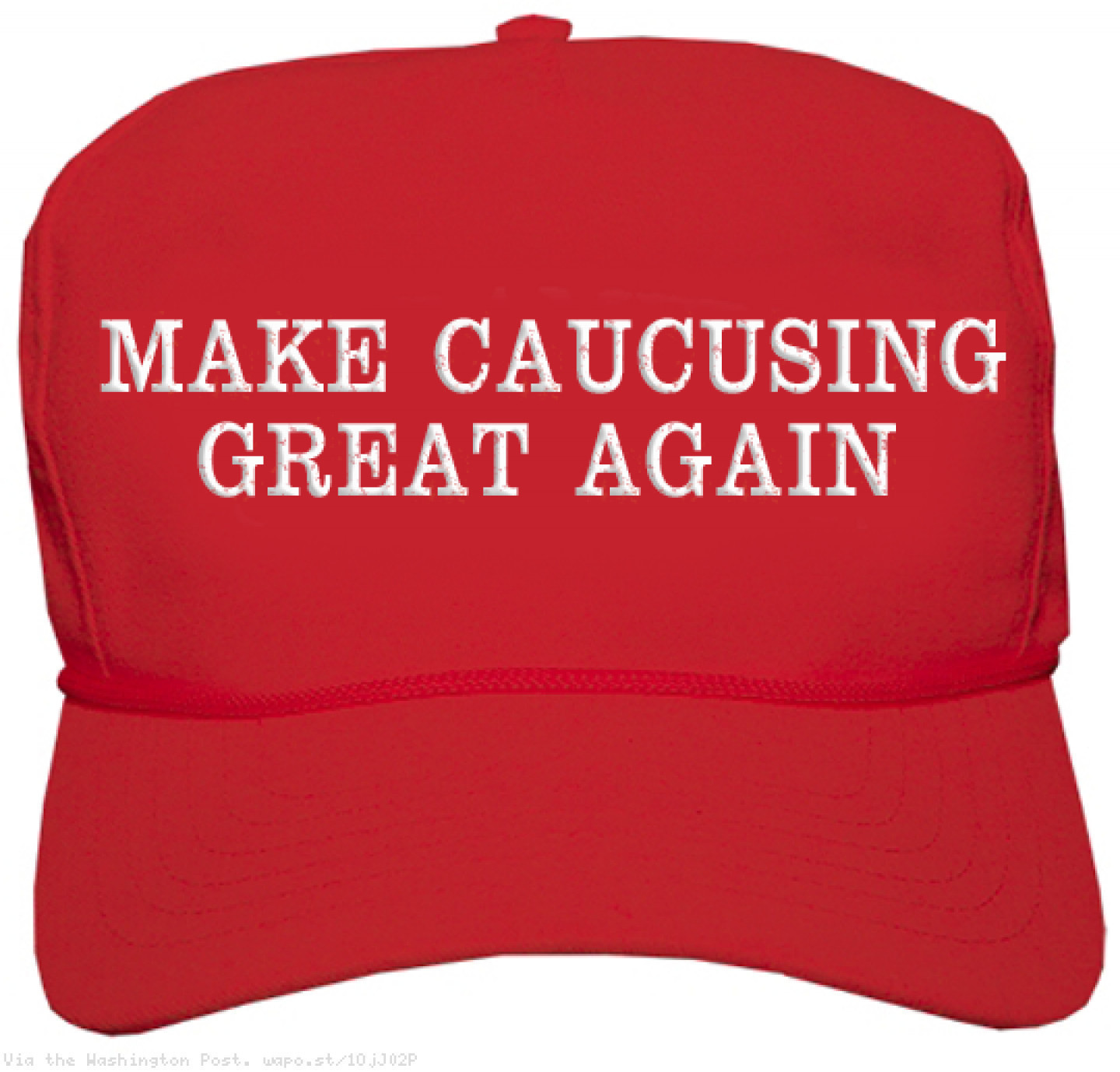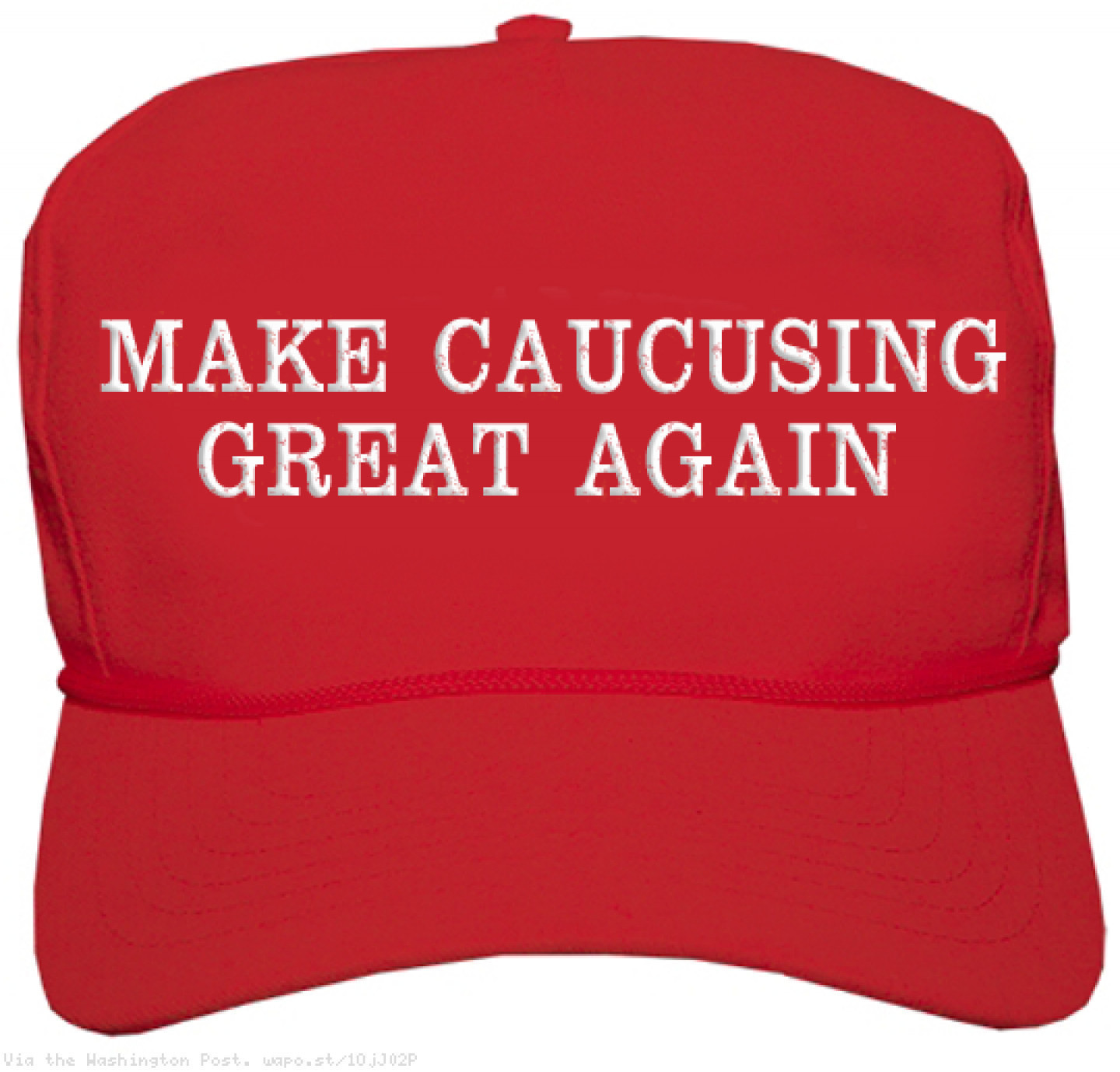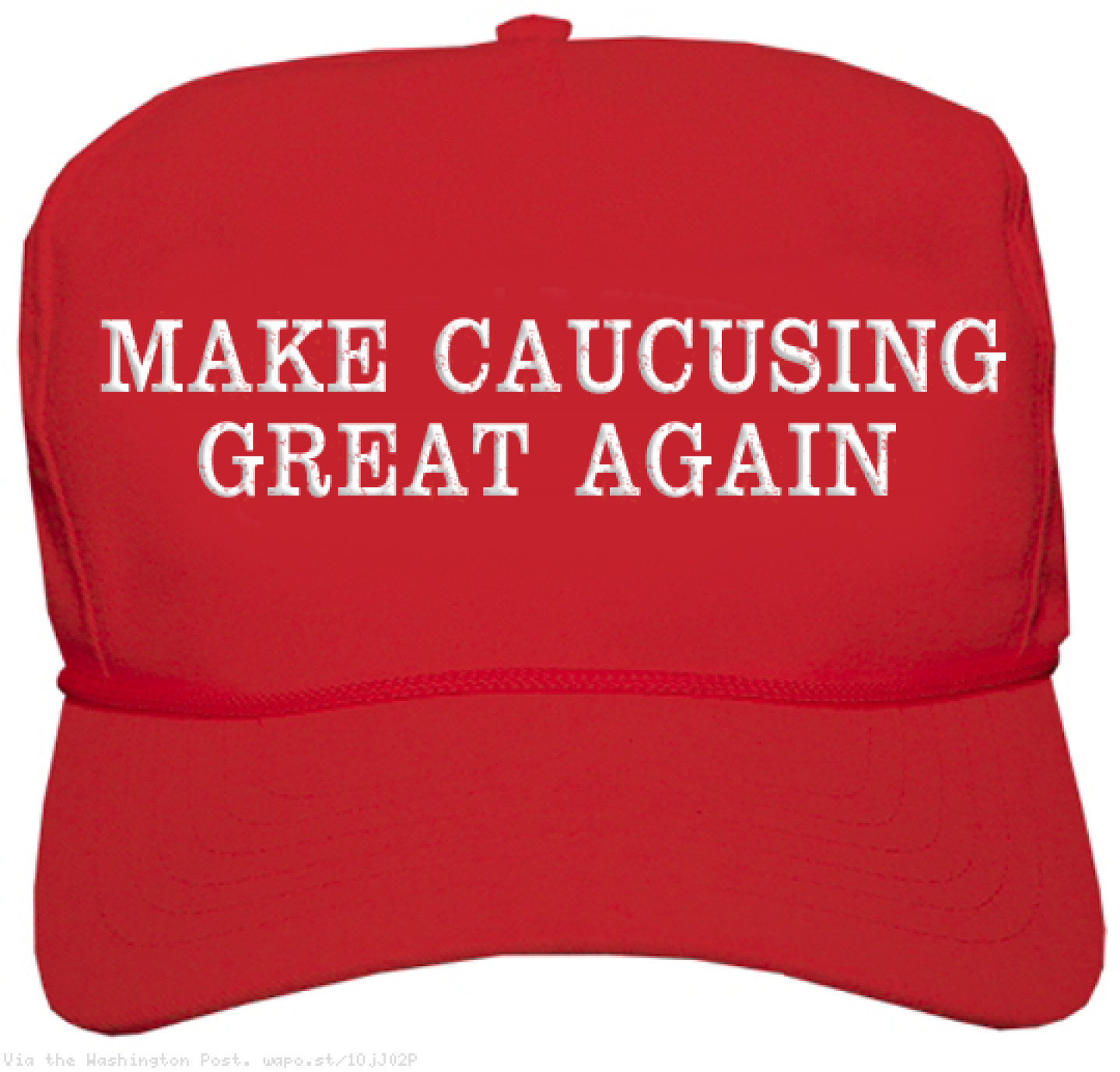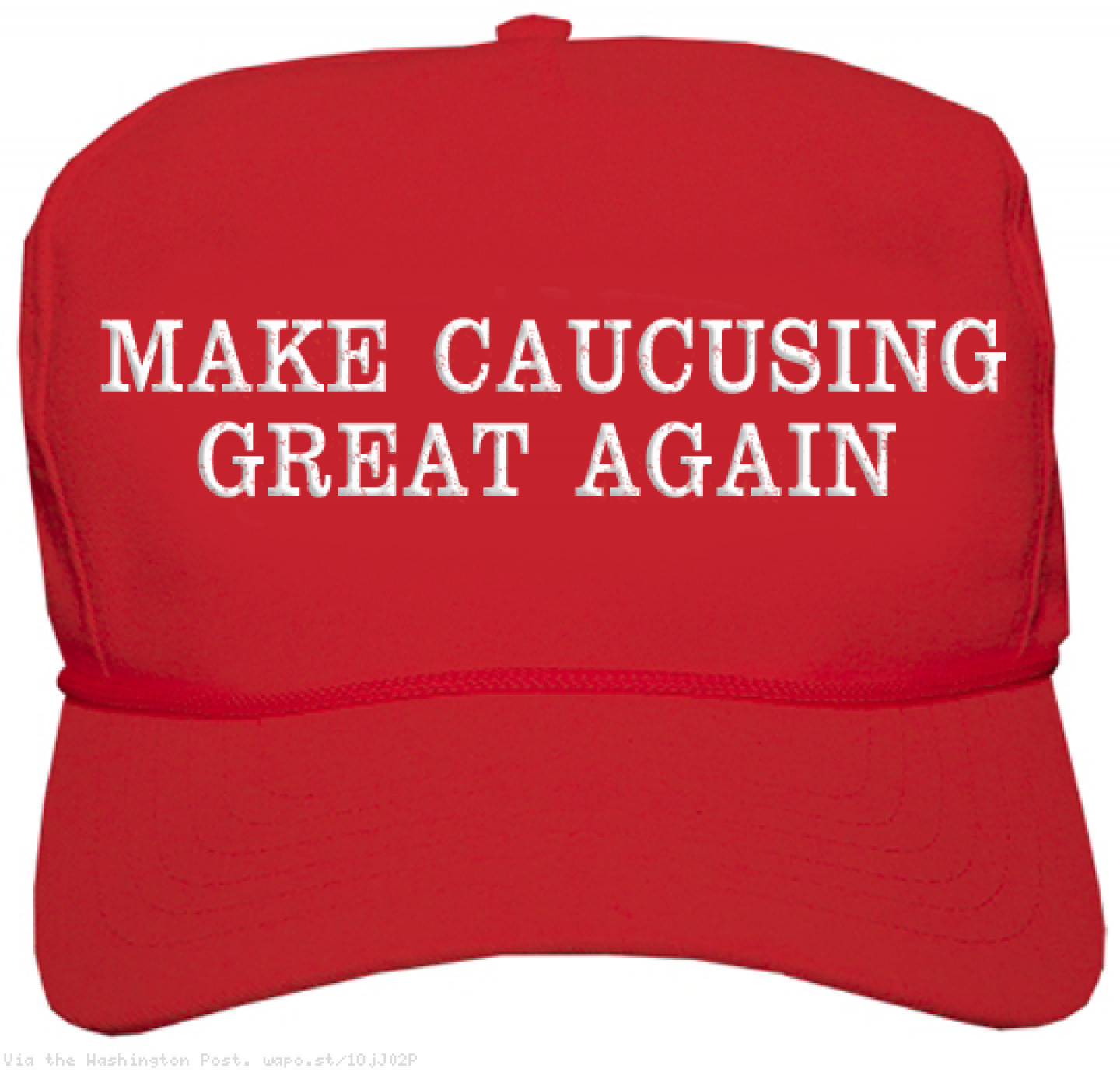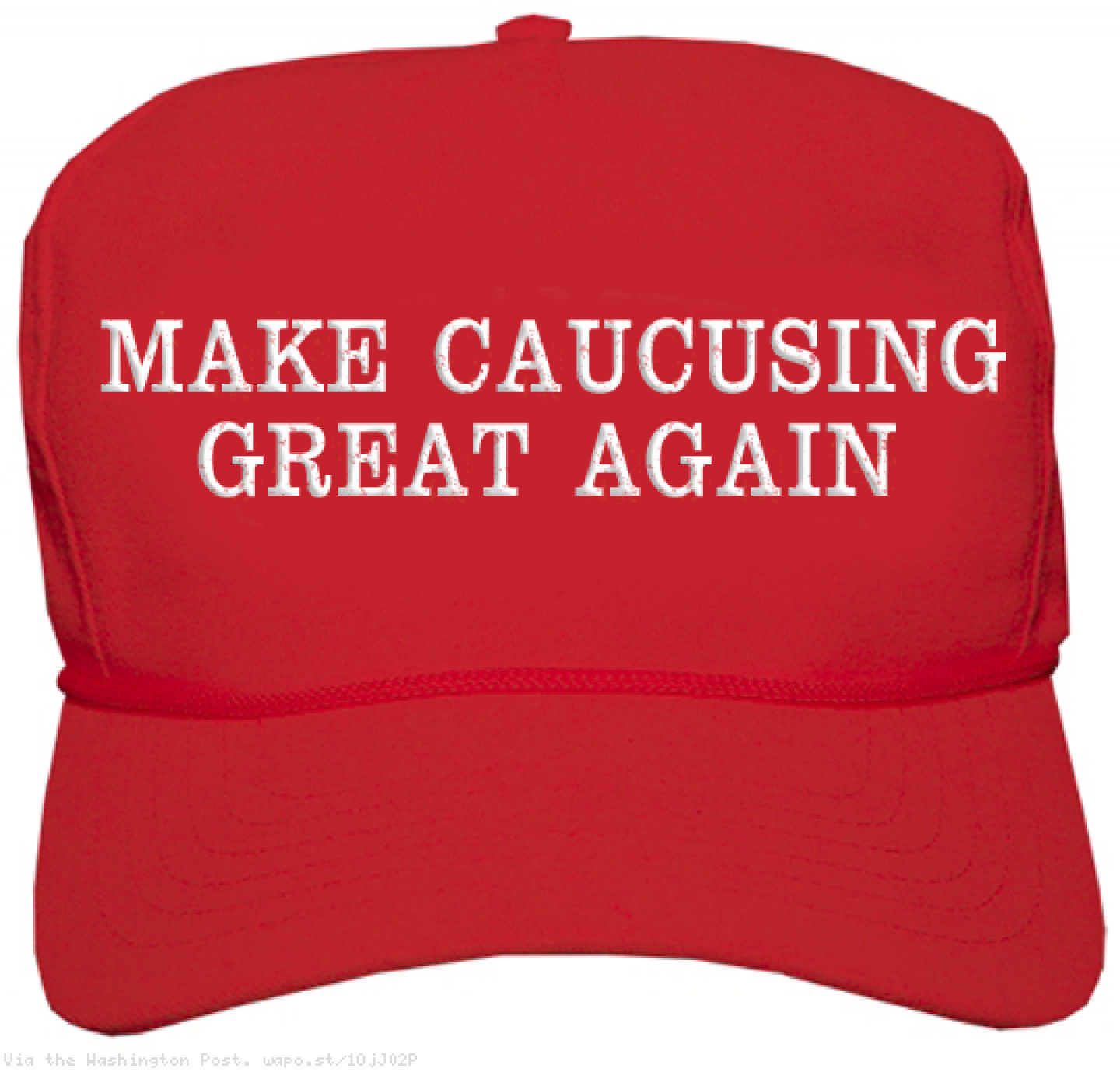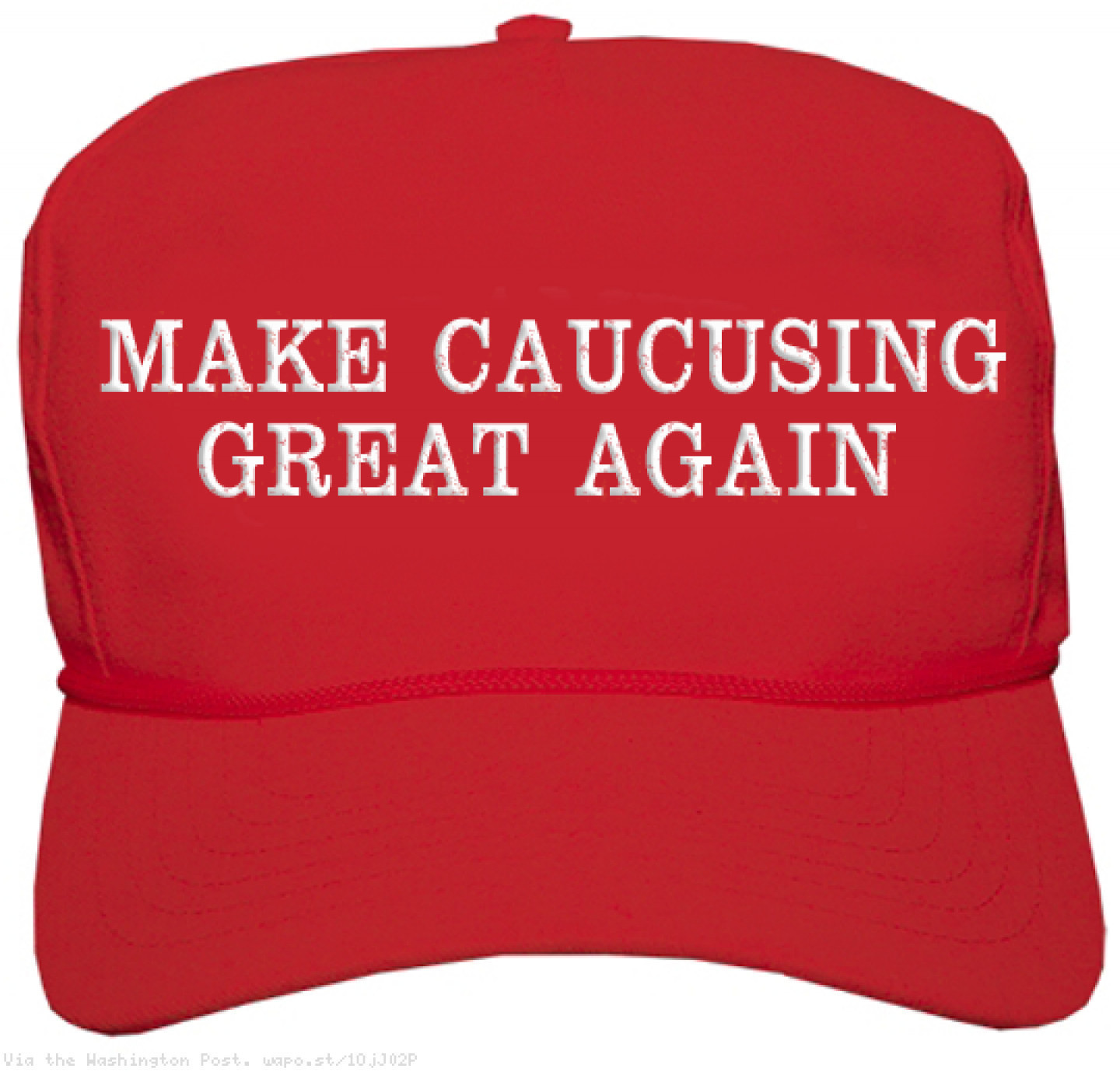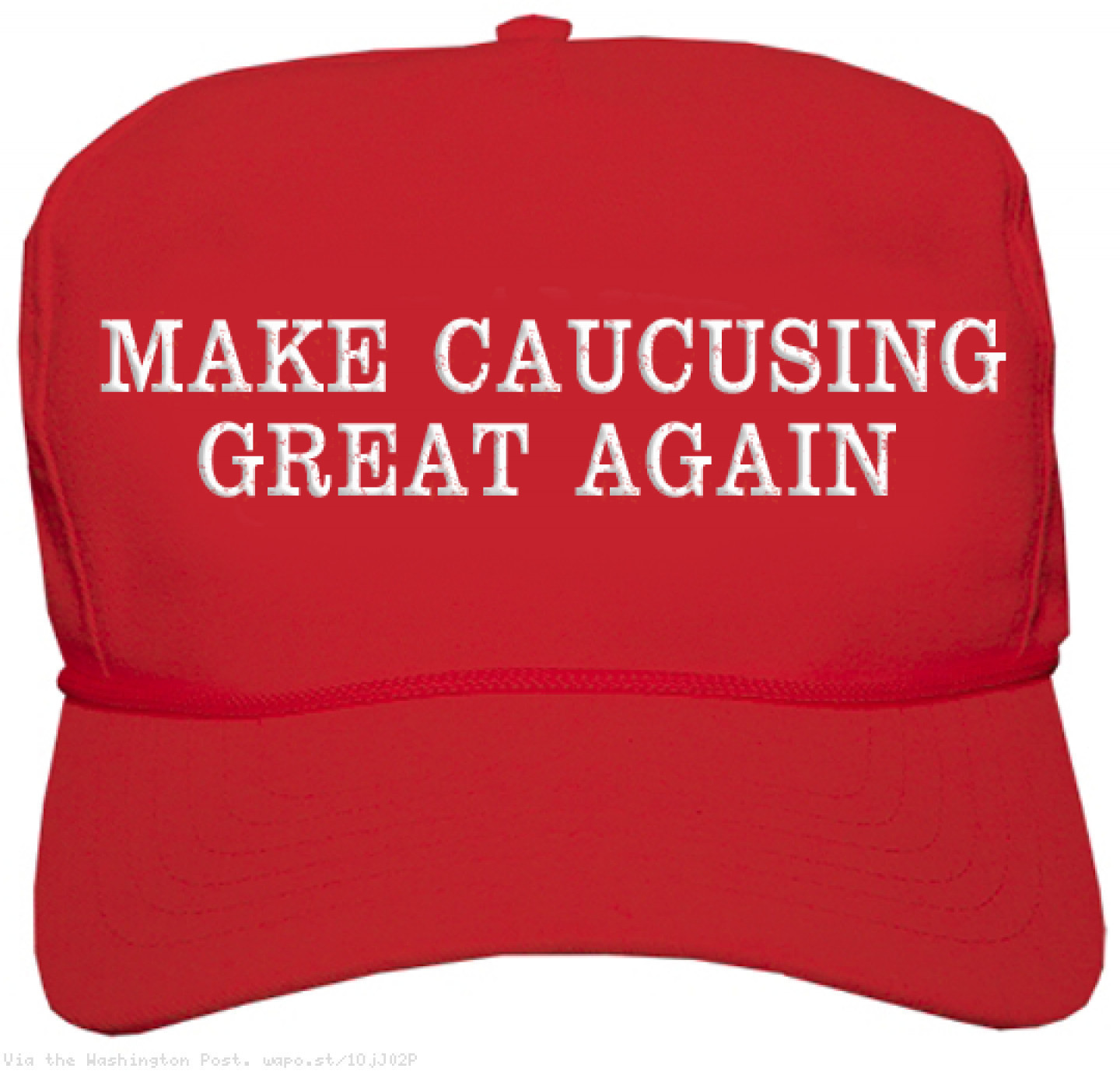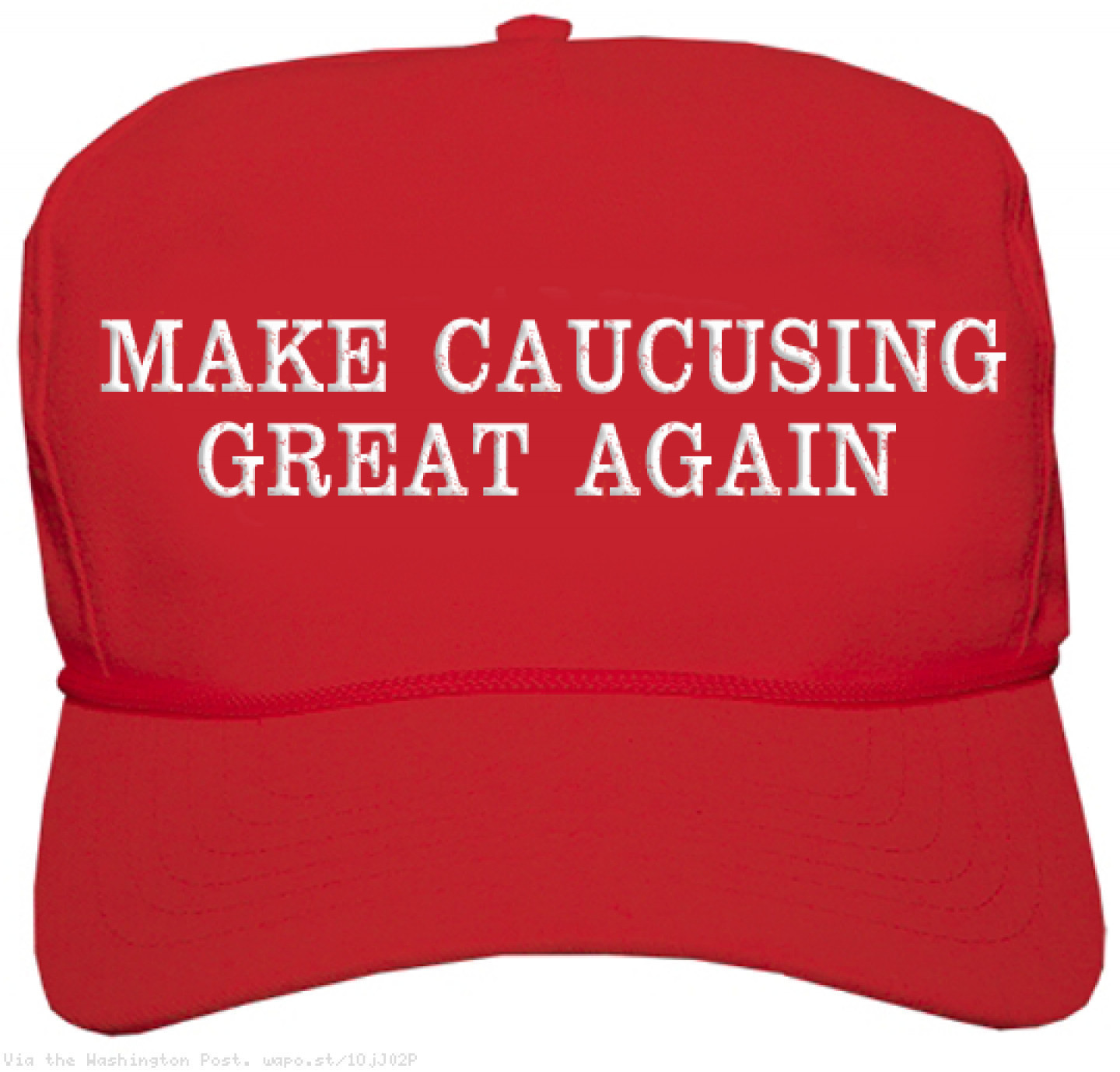Welcome to Part III of our combustible1)sorry, the puns end here series on fireworks. In Part I we learned that, contrary to popular sentiment, the fireworks stand are regulated fairly well as Clark County enforces a good amount of code to ensure the public is safe2)a lot of effort especially given that sales go on only seven days a year.
In Part II we untangled the mess that is our Home Rule local law, discovering that our local municipalities regulate fireworks3)with permission of the state legislature and that the fireworks regulations are not uniform across the Las Vegas Valley4)silly Vegas.
To wrap up our series on fireworks, and hopefully not throwing a damp cloth on everyone’s 4 July fun, we will discuss the possible consequences for “when the fun stops.”5)insert the fading sunset, though it is unlikely that over-gaming will get you a serious violent felony charge[key word there is “violent,” we will save that discussion for another time]
For teenagers and parents alike, it is good to know that keeping things a bit too real6)the most unartful Chappelle Show reference ever (a la play with fireworks) can go seriously wrong.
How About We Play with Fireworks but Avoid that Serious Felony Charge
In short, be careful and mindful of others7)I can hear you out there yelling “square” at me. You want square? How about spending the holiday weekend in prison? On second thought, just go ahead and do it.. As I am sure you can intuit, purposely using fireworks to harm other people or property is a serious crime.
Considering fireworks are just low-grade explosives, the law makes sense in this regard. The controlling law for this scenario is NRS 202.830:
NRS 202.830 Use of explosives to damage or destroy property prohibited; penalties.
1. Unless a greater penalty is provided pursuant to subsection 2, a person who maliciously damages or destroys, attempts to damage or destroy, or conspires with another person to damage or destroy, by means of an explosive, any building, vehicle or real property in the State:
(a) If no substantial bodily harm results, is guilty of a category B felony and shall be punished by imprisonment in the state prison for a minimum term of not less than 2 years and a maximum term of not more than 10 years, or by a fine of not less than $2,000 nor more than $10,000, or by both fine and imprisonment.
(b) If substantial bodily harm results, is guilty of a category B felony and shall be punished by imprisonment in the state prison for a minimum term of not less than 2 years and a maximum term of not more than 20 years, or by a fine of not less than $2,000 nor more than $20,000, or by both fine and imprisonment.
2. A person who maliciously damages or destroys, attempts to damage or destroy, or conspires with another person to damage or destroy, by means of an explosive, any building, vehicle or real property in the State, knowing or having reason to believe that a human being is therein at the time, is guilty of a category A felony8)unlike school, if you get drawn into the world of felony charges, the lower the letter grade, the better off you are. Things are really not going well if you get hit with a category A felony and shall be punished by imprisonment in the state prison:
(a) For life without the possibility of parole;
(b) For life with the possibility of parole, with eligibility for parole beginning when a minimum of 10 years has been served; or
(c) For a definite term of 25 years, with eligibility for parole beginning when a minimum of 10 years has been served, in the discretion of the jury, or of the court upon a plea of guilty or guilty but mentally ill.
(Added to NRS by 1971, 1282; A 1973, 1807; 1995, 1210; 2009, 21)
Yikes. You went out to play with some friends on what seemed to be a normal Saturday night, then bam! 25 years to life. Remember kids, the line between a bomb and fireworks is only a matter of degree. I want to call your attention to the clause from subsection 2 that states that the accused committed the crime “knowing or having reason to believe that a human being is therein at the time.”
You can be charged with murder even if you did not know for certain there was a person there. I am not going to propose hypothetical, depraved heart crimes for your 4 July celebration. All that is necessary is a “reason to believe” that a person would be hurt through the property destruction.
Purposely destroying property is bad, doing so in an area likely to be occupied by innocent bystanders could turn out to be much, much worse.
But It Was an Accident, I Swear!
No matter my brother; you are still in serious trouble. The statute discussed above covers crimes that the perpetrator committed intentionally. Now we turn to scenarios that, although accidental, will still incur a criminal penalty. NRS 202.595 provides the relevant law:
NRS 202.595 Performance of act or neglect of duty in willful or wanton disregard of safety of persons or property; penalty. Unless a greater penalty is otherwise provided by statute and except under the circumstances described in NRS 484B.653, a person who performs any act or neglects any duty imposed by law in willful or wanton disregard of the safety of persons or property shall be punished:
1. If the act or neglect does not result in the substantial bodily harm or death of a person, for a gross misdemeanor.
2. If the act or neglect results in the substantial bodily harm or death of a person, for a category C felony as provided in NRS 193.130.
(Added to NRS by 1995, 466; A 1995, 1332)
Given that it is illegal to play with fireworks in the street, it is safe to assume that this statute will take effect if you happen to (accidently or not) destroy property or injure another9)not to mention to possible civil liability. You can go ahead and take the prohibition against playing with fireworks in the street as duty made expressly by municipal codes.
I think it would be difficult to contend that to play with fireworks in a neighborhood surrounded by homes, cars, and children is not a “willful or wanton disregard of the safety of persons or property.”10)willful or wanton can be understood to mean very negligent
It is not like we are not surrounded with acres of empty desert where it is much safer to play with fireworks. I advocate being cautious as you play with fireworks this 4 July not only because you are legally required to, but because morally, it is the right thing to do. We might be more transient than other communities, but that does not mean we cannot love each other just as much.
Happy 4 July!
God Save the United States of America.
Footnotes
| ↑1 | sorry, the puns end here |
|---|---|
| ↑2 | a lot of effort especially given that sales go on only seven days a year |
| ↑3 | with permission of the state legislature |
| ↑4 | silly Vegas |
| ↑5 | insert the fading sunset, though it is unlikely that over-gaming will get you a serious violent felony charge[key word there is “violent,” we will save that discussion for another time] |
| ↑6 | the most unartful Chappelle Show reference ever |
| ↑7 | I can hear you out there yelling “square” at me. You want square? How about spending the holiday weekend in prison? On second thought, just go ahead and do it. |
| ↑8 | unlike school, if you get drawn into the world of felony charges, the lower the letter grade, the better off you are. Things are really not going well if you get hit with a category A felony |
| ↑9 | not to mention to possible civil liability |
| ↑10 | willful or wanton can be understood to mean very negligent |
